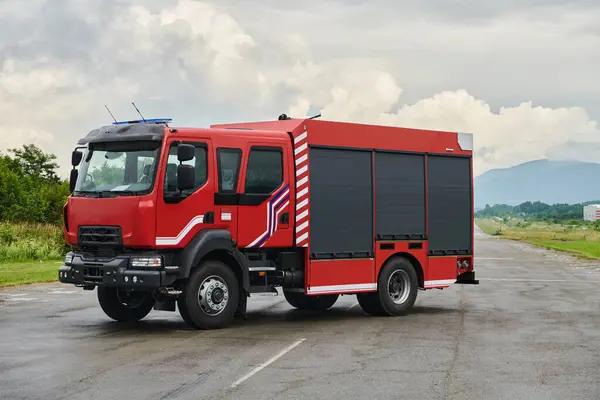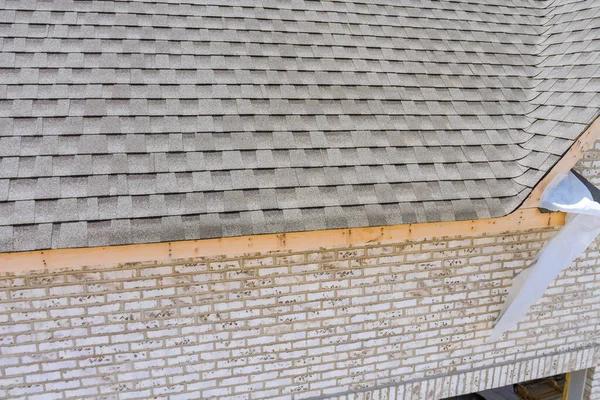Transformer fire barriers are essential components in power generation and distribution systems. These protective structures are designed to mitigate the risk of fires, which can be catastrophic in facilities that house high-voltage transformers. By understanding how these barriers work in real-life scenarios, we can appreciate their indispensable role in safeguarding our energy infrastructure.
One notable case study involves a 345kV transformer located within a densely populated urban area. The transformer was enclosed by a three-sided fire barrier wall structure with an open top. During routine maintenance, an internal fault occurred causing the transformer to explode and catch fire. The ensuing blaze reached heights exceeding the height of the barrier transformer blast walls but did not spread beyond them due to their effective design and construction. Despite the intensity of the fire, nearby buildings and equipment were protected from damage or destruction thanks to this strategically placed fire barrier.
Another example comes from an incident at a major power station where multiple transformers were installed close together for efficiency reasons. One of these units suffered a catastrophic failure resulting in a large oil-fueled fire. Fortunately, each transformer was isolated within its own individual fire-resistant compartment constructed from high-grade concrete material capable of withstanding intense heat for extended periods. This compartmentalization effectively contained the blaze within the failed unit’s designated space preventing it from spreading to other parts of the facility.
In yet another instance, a rural substation experienced an explosion and subsequent oil-fed conflagration involving one of its main transformers due primarily to aging equipment issues coupled with inadequate maintenance practices over time. In this particular situation though, there was no physical containment structure surrounding this device when it failed spectacularly one day under heavy electrical load conditions causing significant collateral damage throughout much of this installation site area including several adjacent utility poles along with associated overhead transmission lines as well.
However, after assessing all related damages post-incident then redesigning this entire substation layout accordingly afterward so as now incorporating specially designed modular type metal clad firewall panels installed around each newly replaced transformer there instead, subsequent similar events occurring since then have all been successfully contained within these improved fire barrier enclosures thus greatly reducing overall property loss potentials here significantly.
These case studies underscore the importance of having well-designed and properly maintained transformer fire barriers in place. They serve as a testament to their effectiveness in preventing the spread of fires and minimizing damage to surrounding infrastructure. Whether it’s an urban power grid or a rural substation, these protective measures can mean the difference between a manageable incident and a disastrous event. It is therefore crucial for energy companies to invest in robust fire protection systems that include efficient transformer fire barriers.




